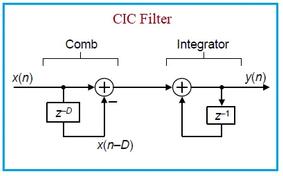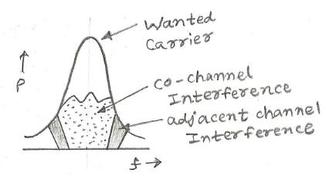Clock Recovery vs. Carrier Recovery: Key Differences Explained
Advertisement
This article explains the difference between clock recovery and carrier recovery. Both clock and carrier recovery circuits help derive a synchronized clock and carrier’s phase/amplitude, respectively. These modules help recover transmitted information at the receiver from the received, potentially impaired, modulated signal.
The main difference between these techniques is that clock recovery tries to synchronize the receiver clock with the transmitter clock (at the baseband symbol rate), whereas carrier recovery helps align the receiver’s Local Oscillator (LO) signal with the transmitted carrier signal.
Clock Recovery
It is essential to have both the transmitter and receiver synchronized. This provides the receiver with information about when to sample the incoming waveform. It provides a reference which is used to compare any change in the phase of the incoming waveform. This module helps recover a synchronized clock which is needed as a sampling clock for the ADC and also used as DEMUX clock pulses.
The following different types of clock recovery systems are used. All the techniques make use of properties of the received waveform.
- Times-two clock recovery
- Early late clock recovery
- Zero crossing clock recovery
- Synchronizer clock recovery

Figure 1: PAM clock recovery circuits for closed loop and open loop.
As shown, the clock for the demux is derived from the received PAM signal. Here, the PAM signal is first applied to an amplifier-limiter circuit. This block amplifies input pulses to a high level and later clips them at a fixed constant level. This results in a constant amplitude rectangular waveform. This is the frequency at which PAM pulses will occur. The rectangular pulses are applied to a BPF which removes upper harmonics resulting in a sinewave at the transmitting clock frequency. This sinewave is applied as one input of a Phase Detector. The other input is provided from a VCO. The VCO frequency is set equal to the frequency of PAM pulses.
Carrier Recovery
This module helps extract or derive the carrier signal’s frequency/phase. This carrier is used in the demodulator to retrieve the transmitted baseband information. The carrier recovery is essential in coherent demodulation-based systems.
The following different types of carrier recovery systems are used:
- Times-n carrier recovery
- Decision-directed carrier recovery

Figure 2: Carrier recovery concept used in a BPSK demodulator.
As shown, the carrier is derived using the BPSK input signal itself. As depicted, the BPSK signal is band-pass filtered first. The signal is then squared or multiplied by itself using an analog multiplier. The squaring operation removes all 180-degree phase shifts. The result is an output which is twice the input frequency. One more BPF is used to pass this frequency of 2f value. This resulting frequency signal is applied to a Phase Detector. The X2 frequency multiplier is used between the VCO and the Phase Detector. This ensures that the VCO frequency is the same as the carrier frequency.
The common problem of carrier recovery circuit is its inability to resolve phase ambiguities. This is overcome by the differential coding concept. One example of such a method is Differential PSK or DPSK.
Advertisement
 RF
RF





